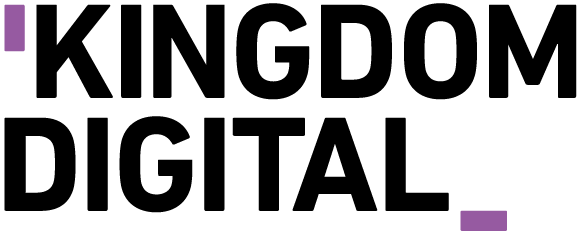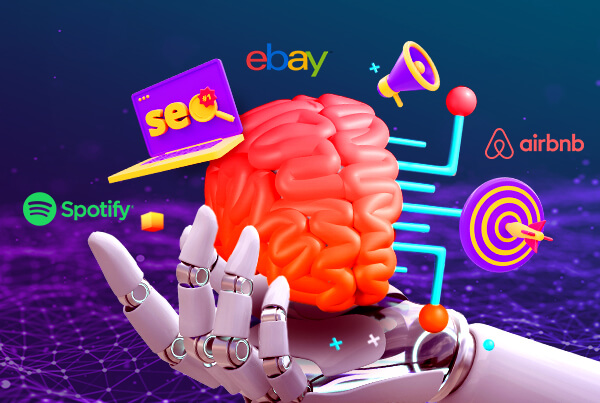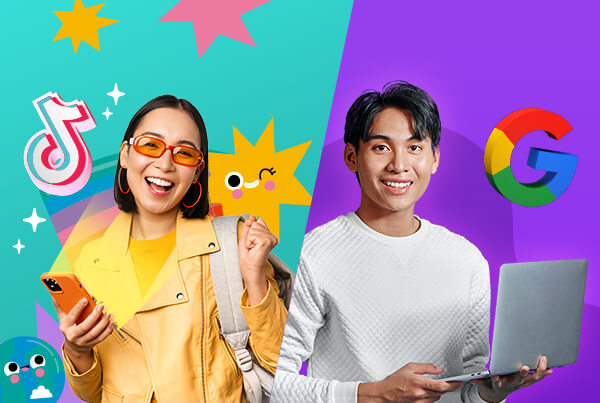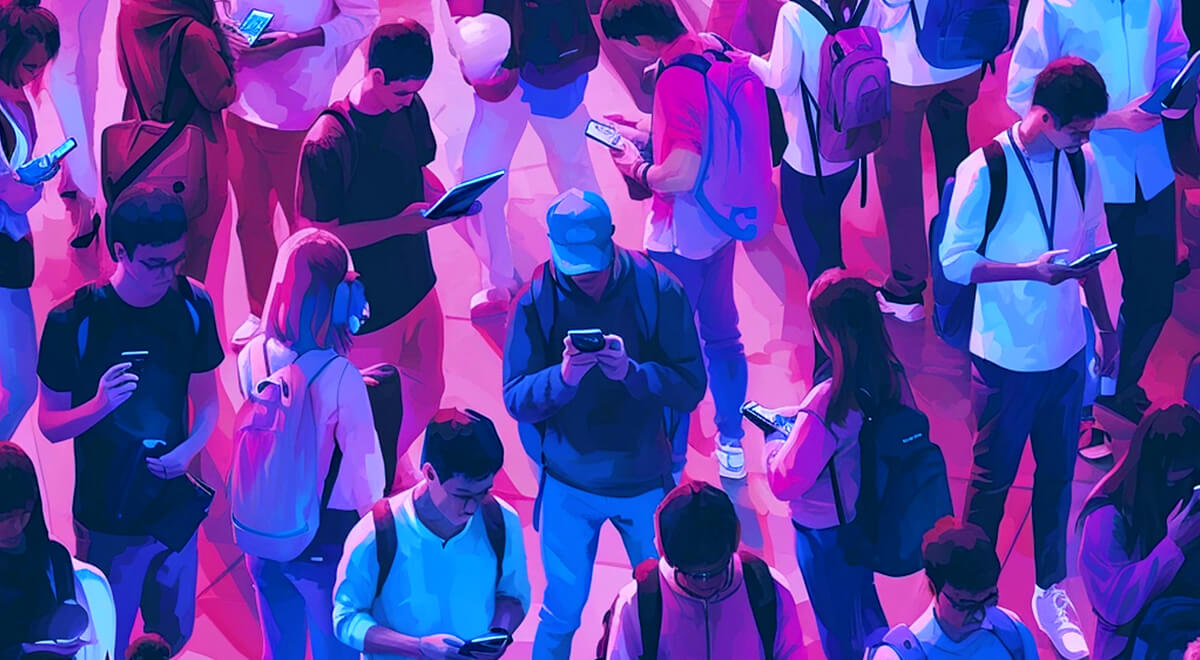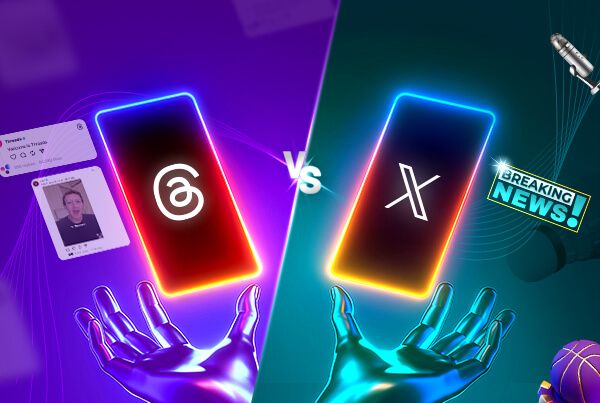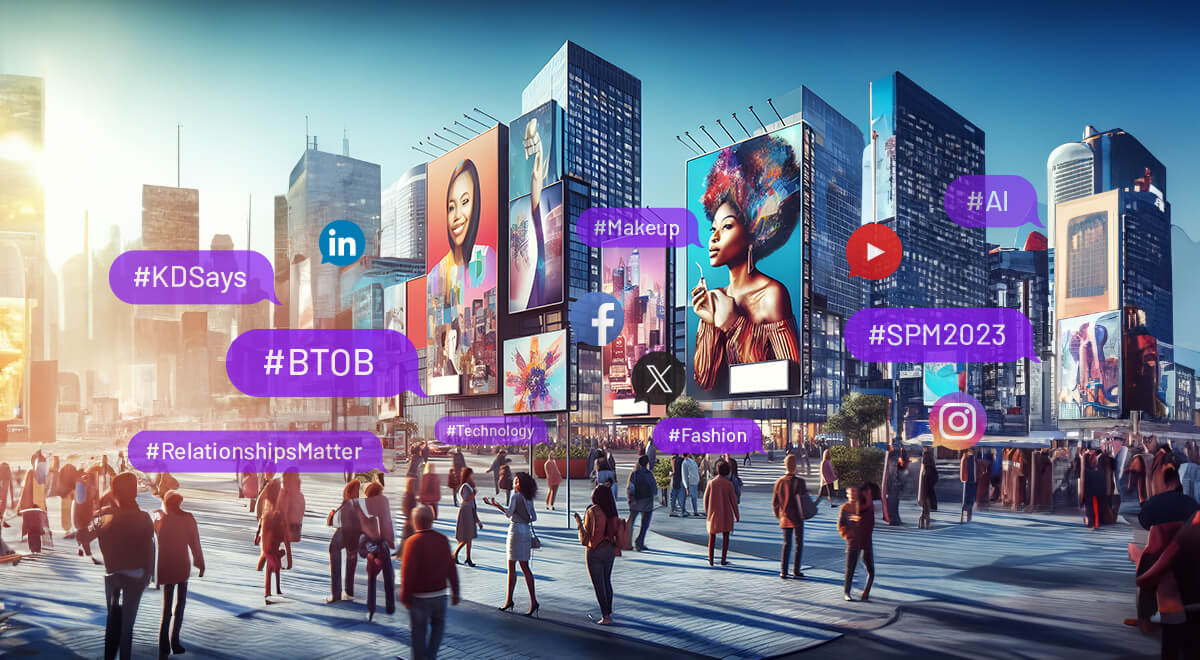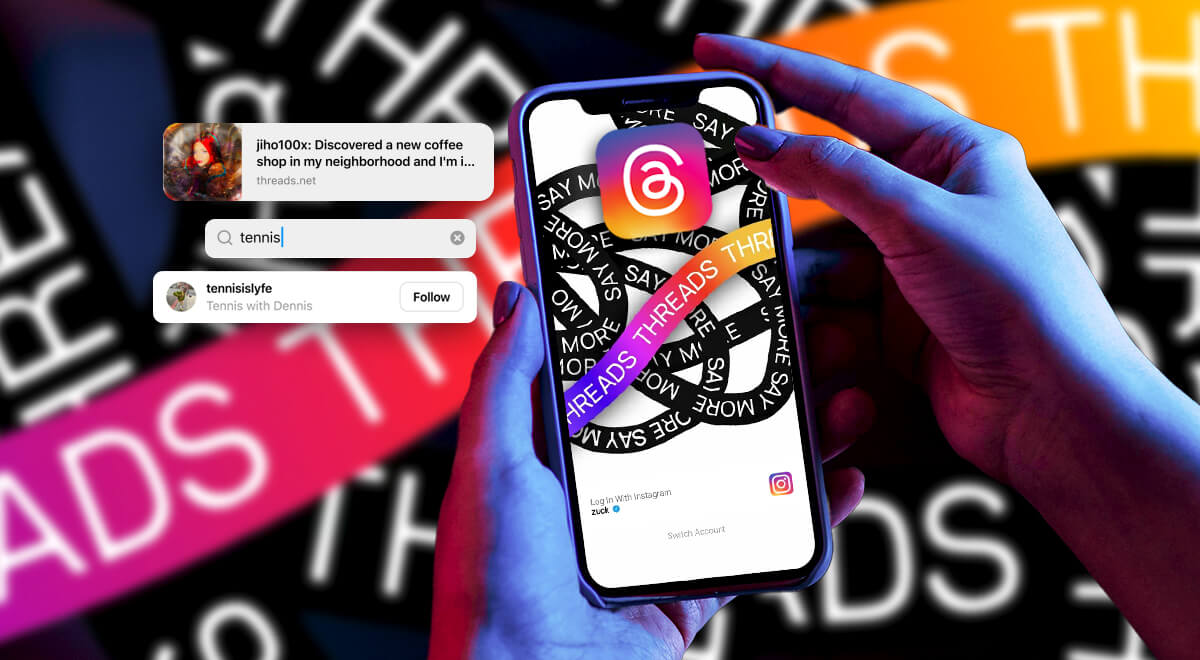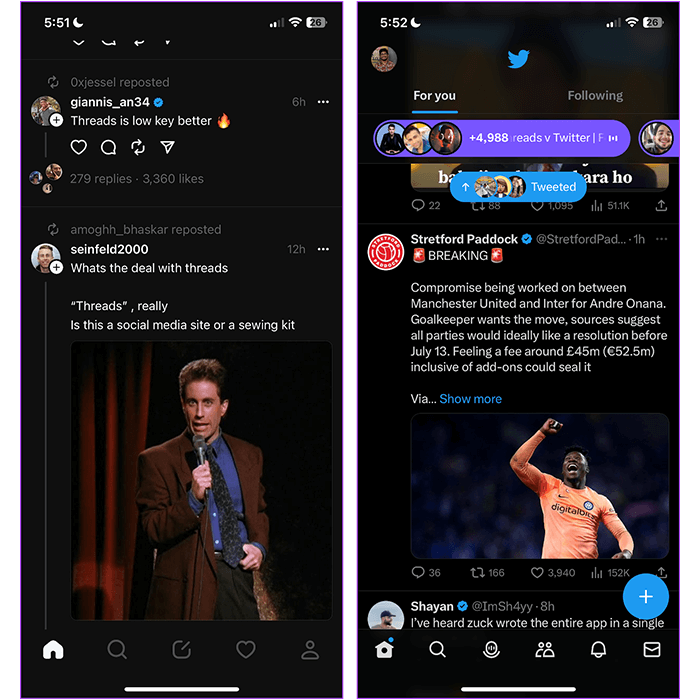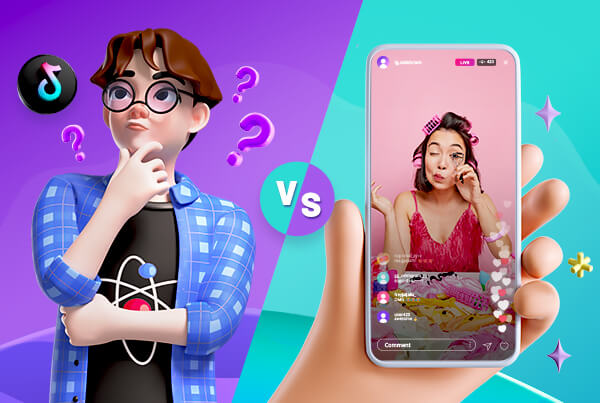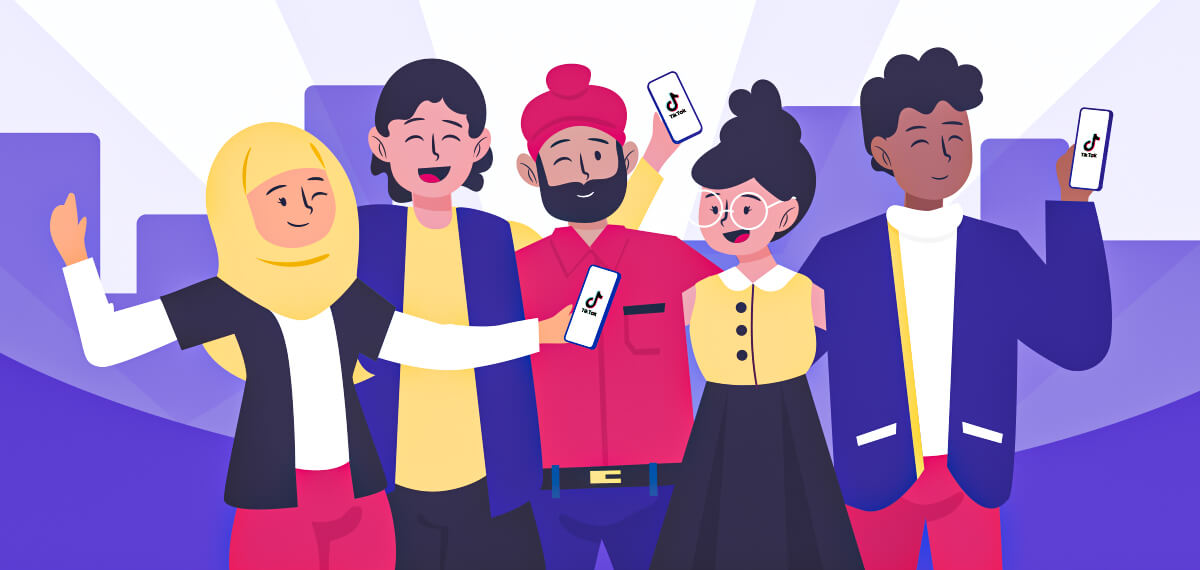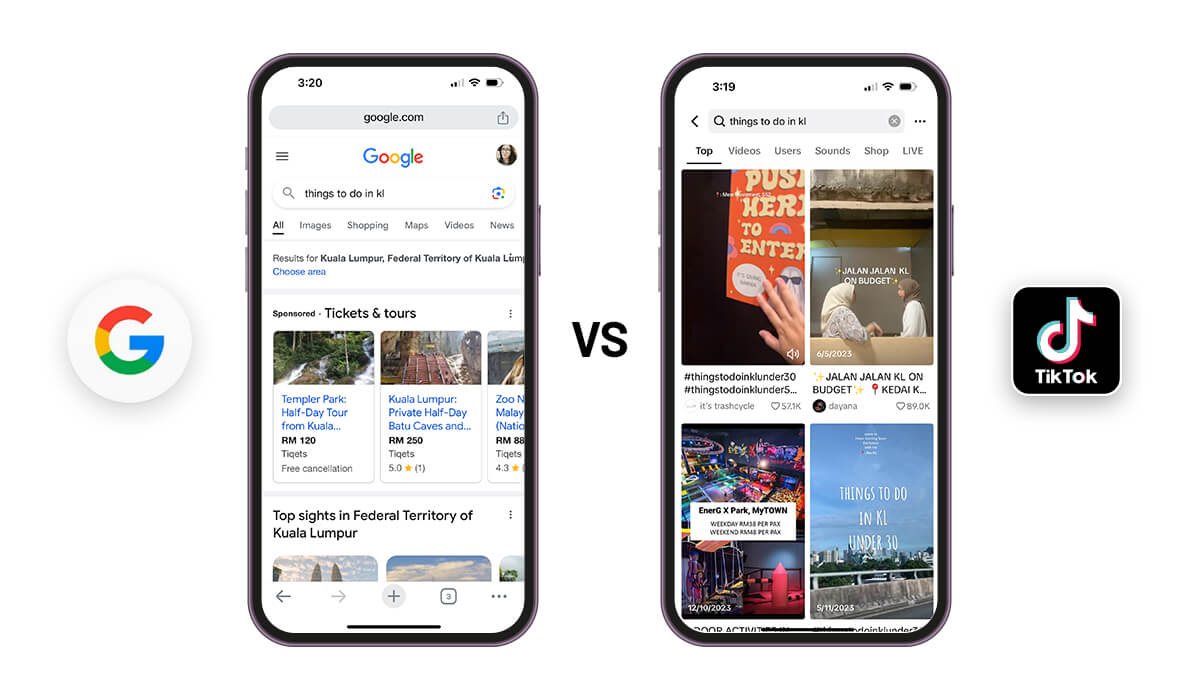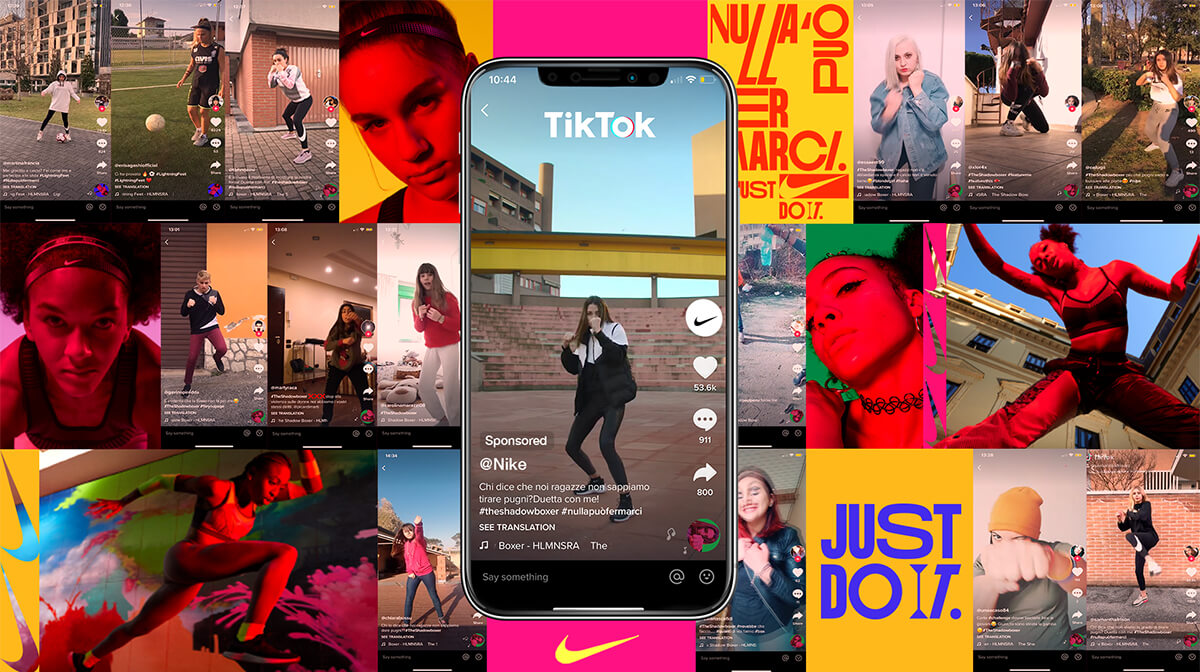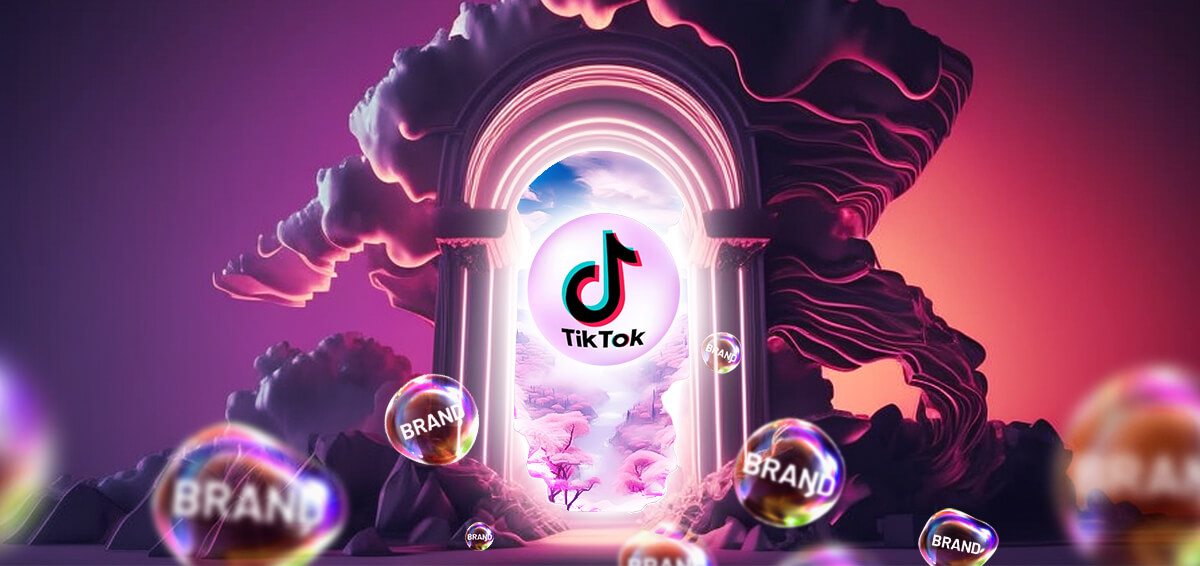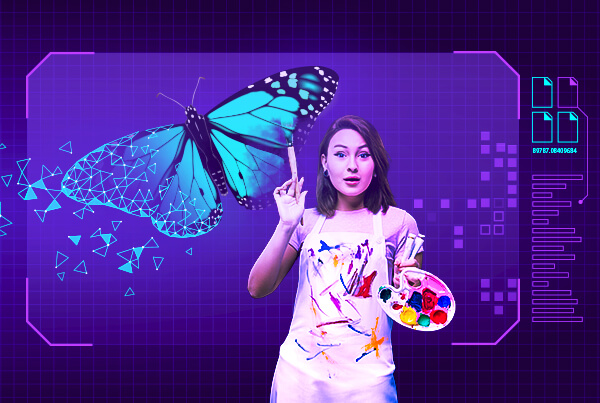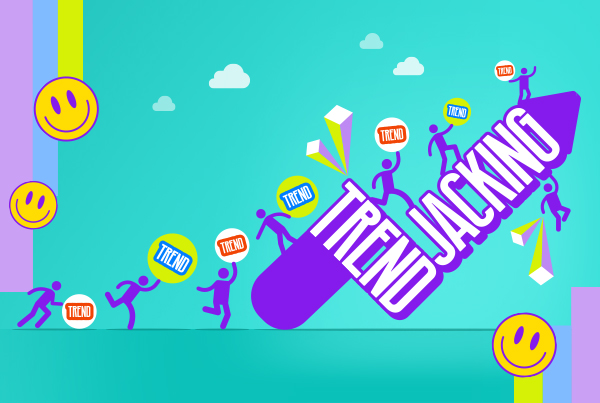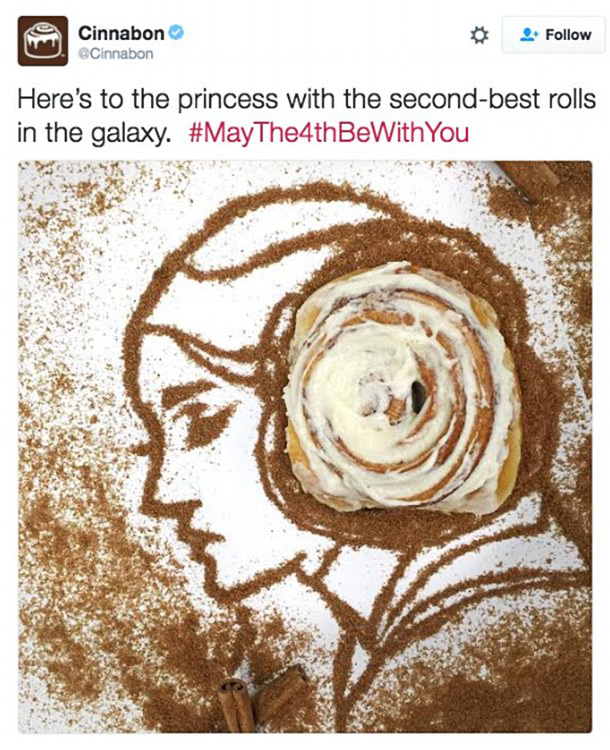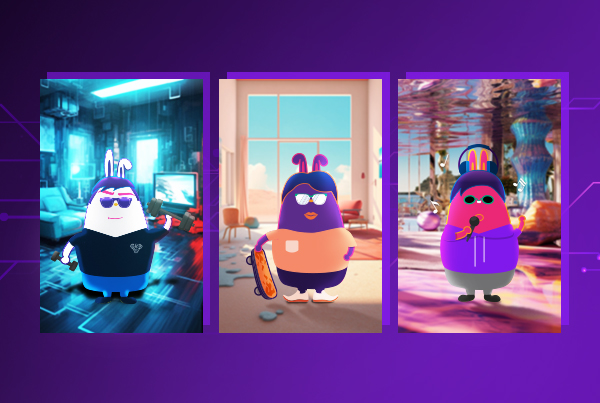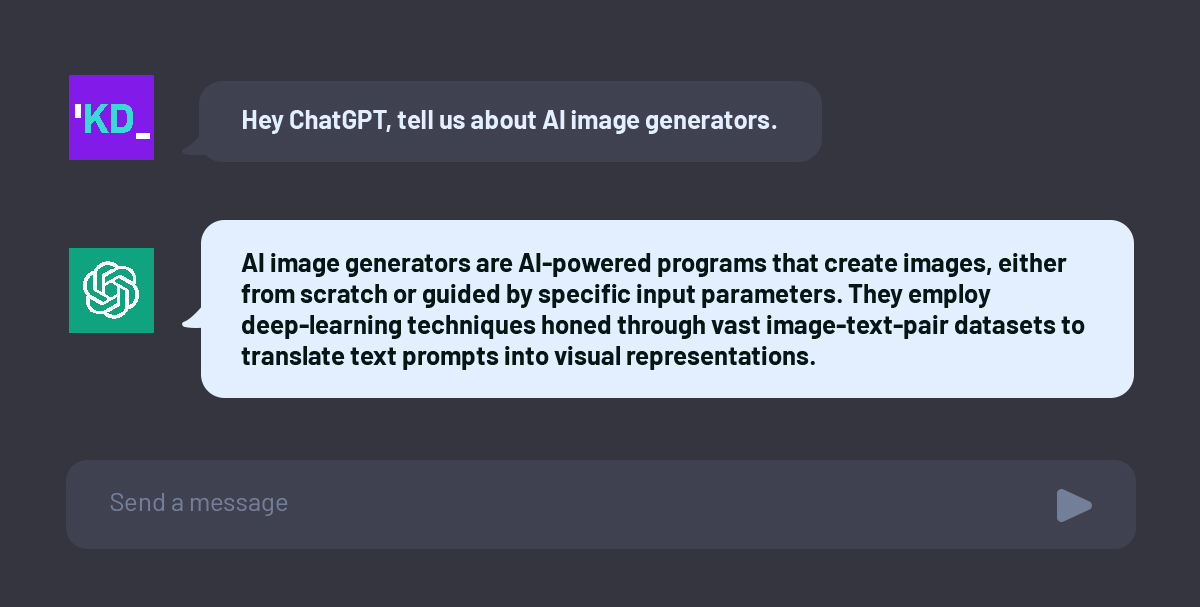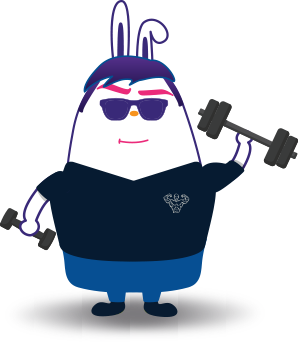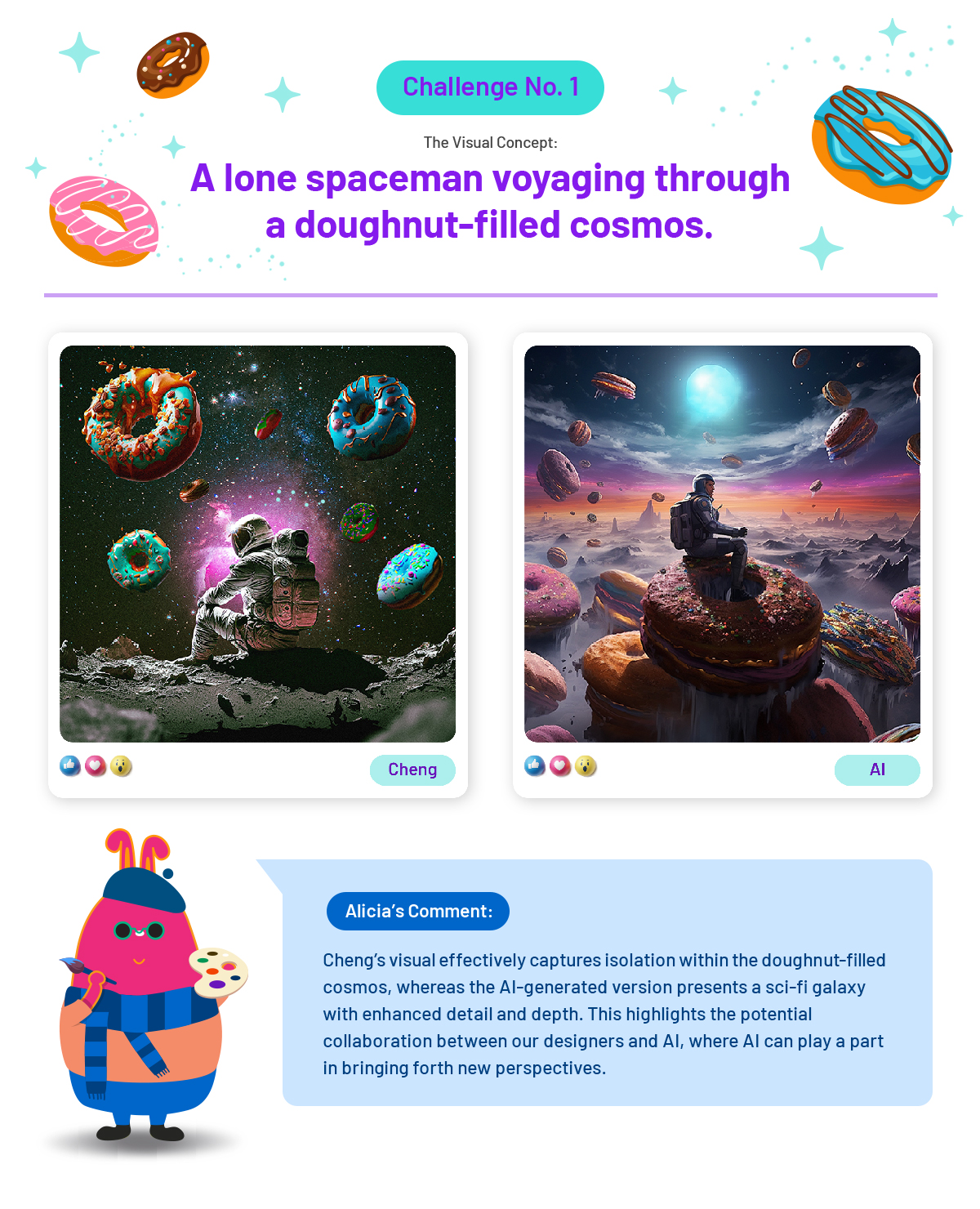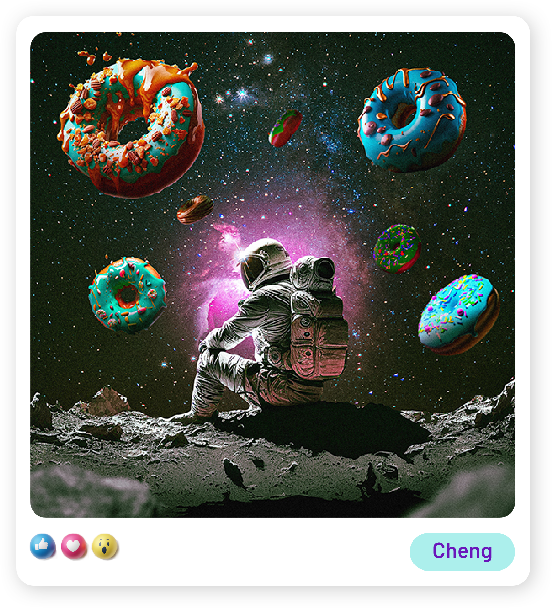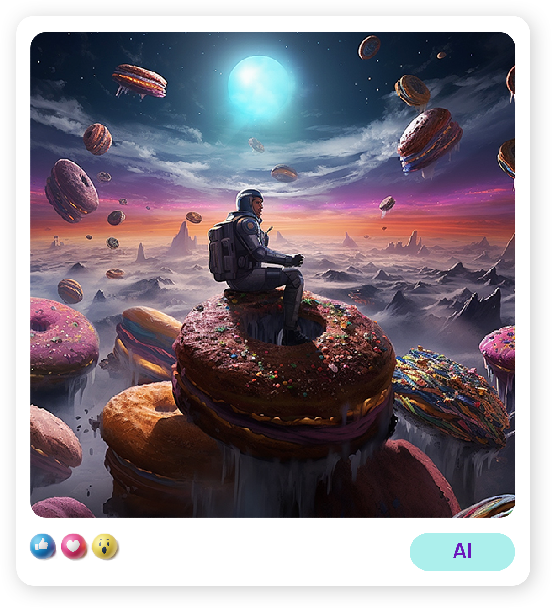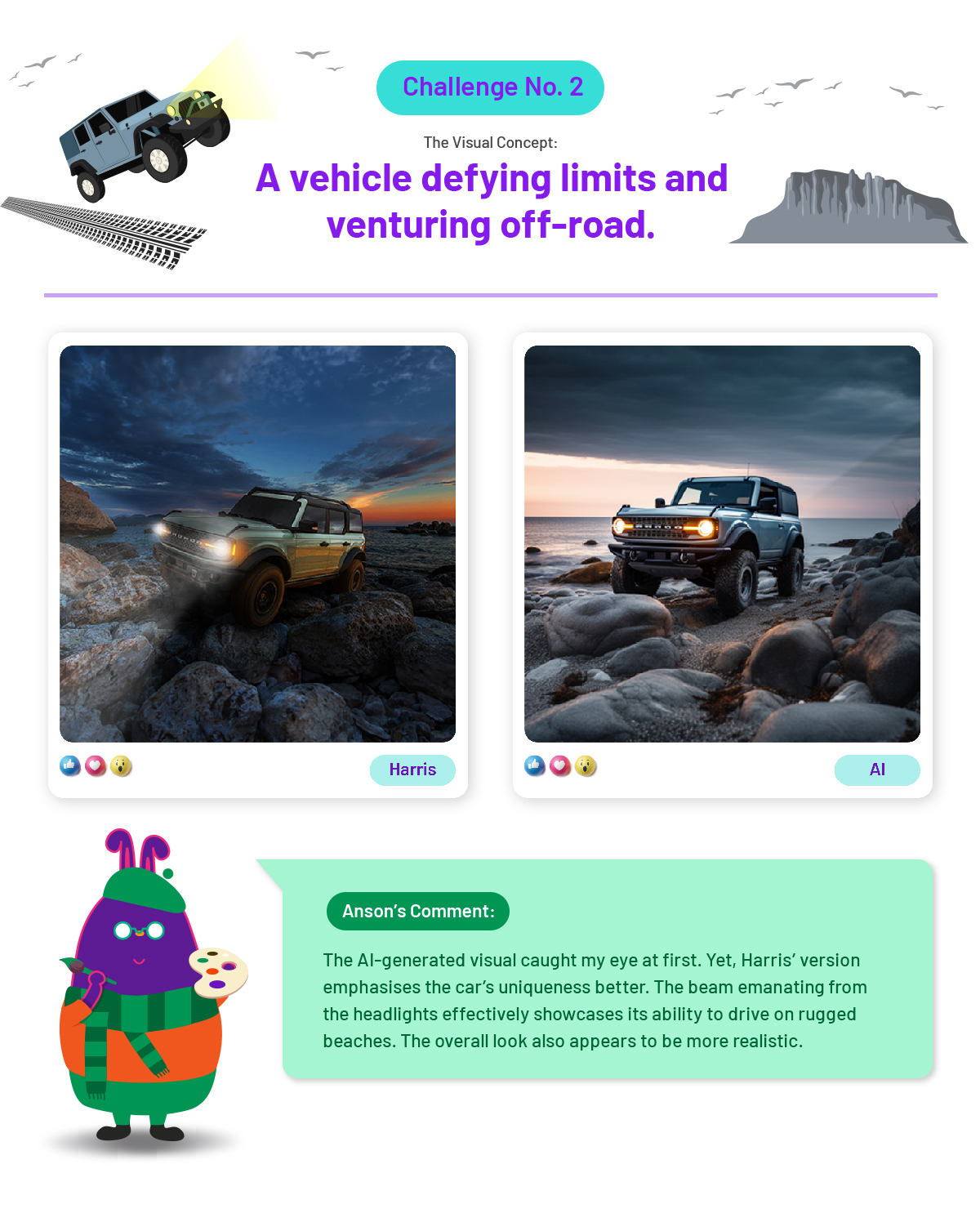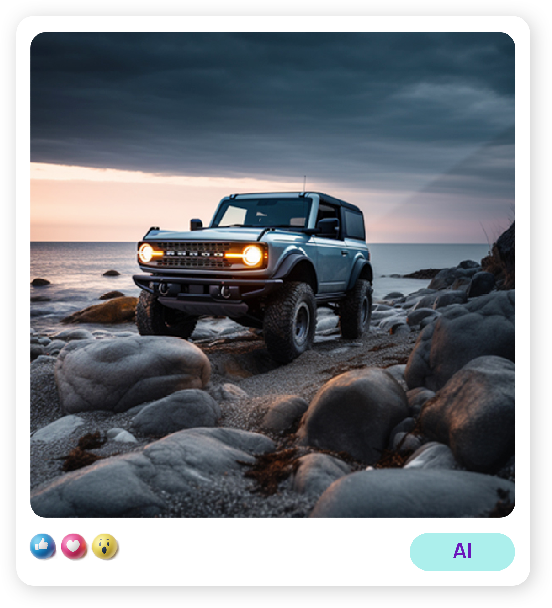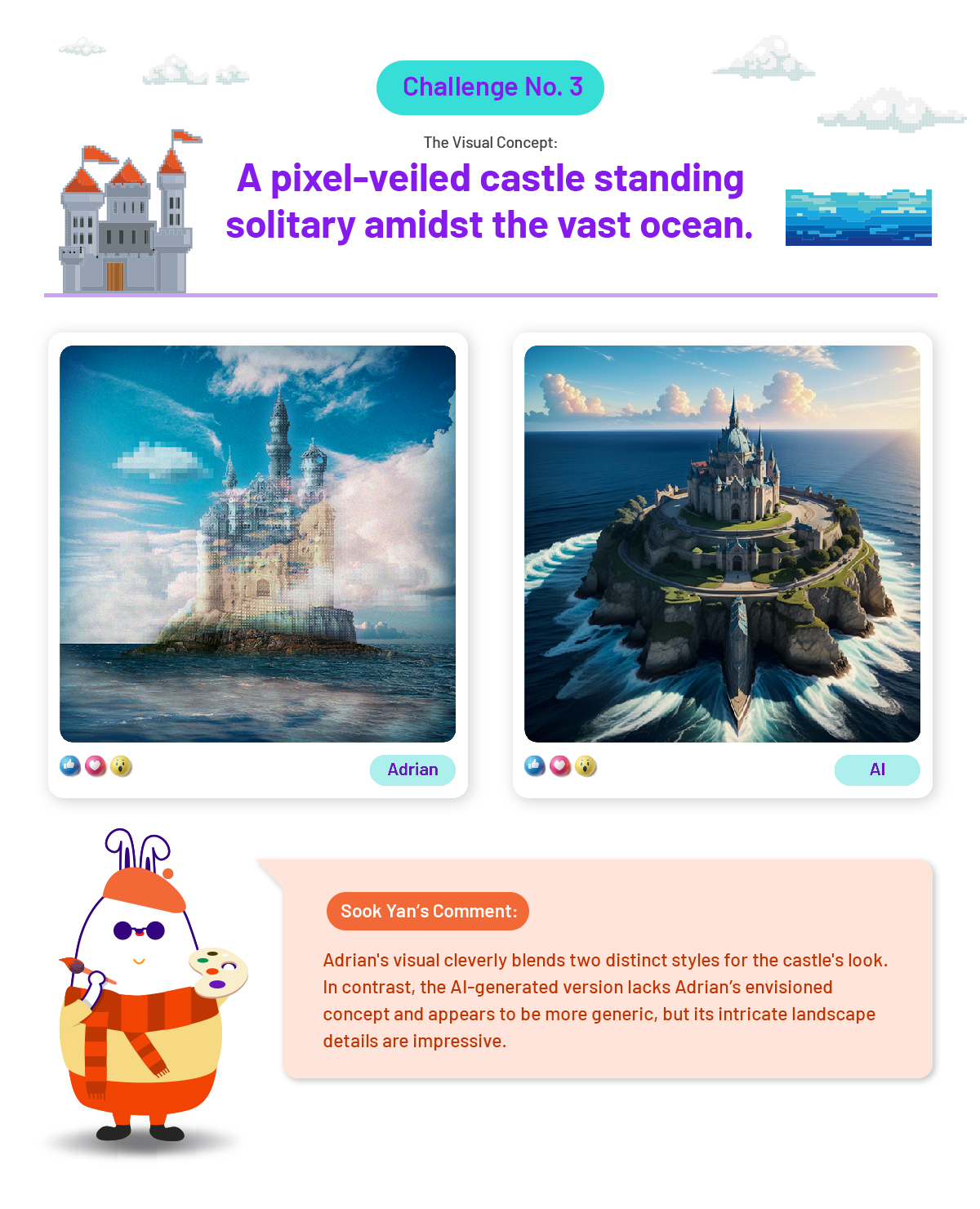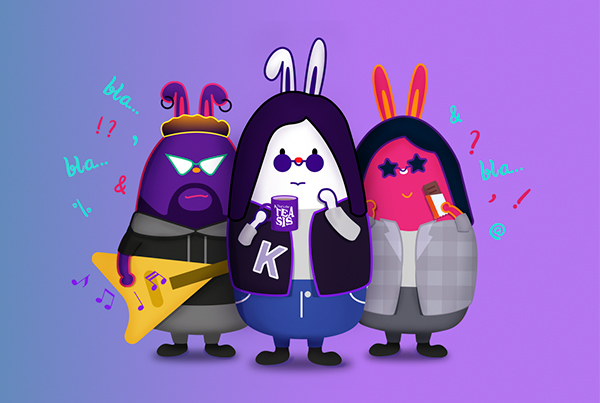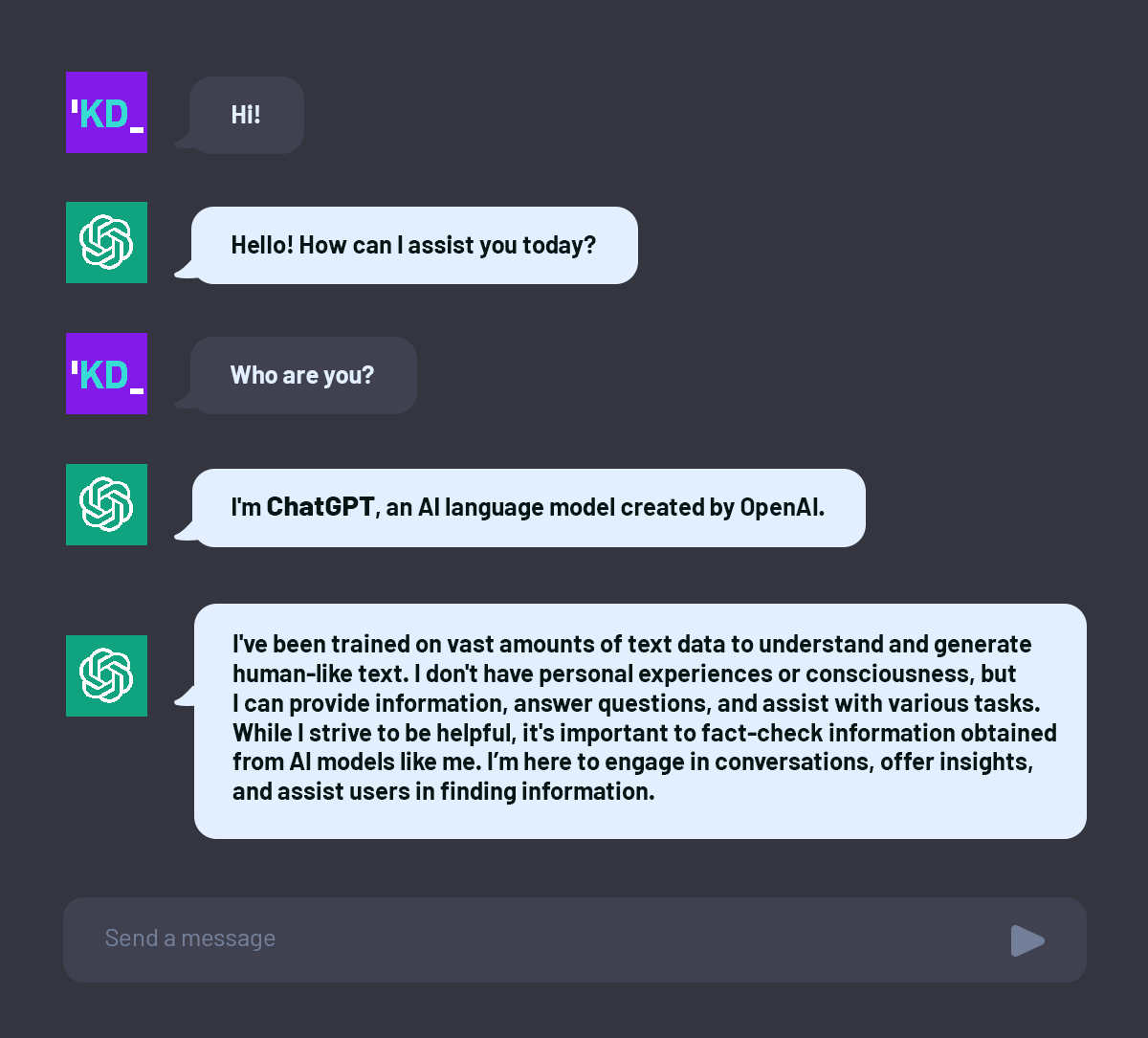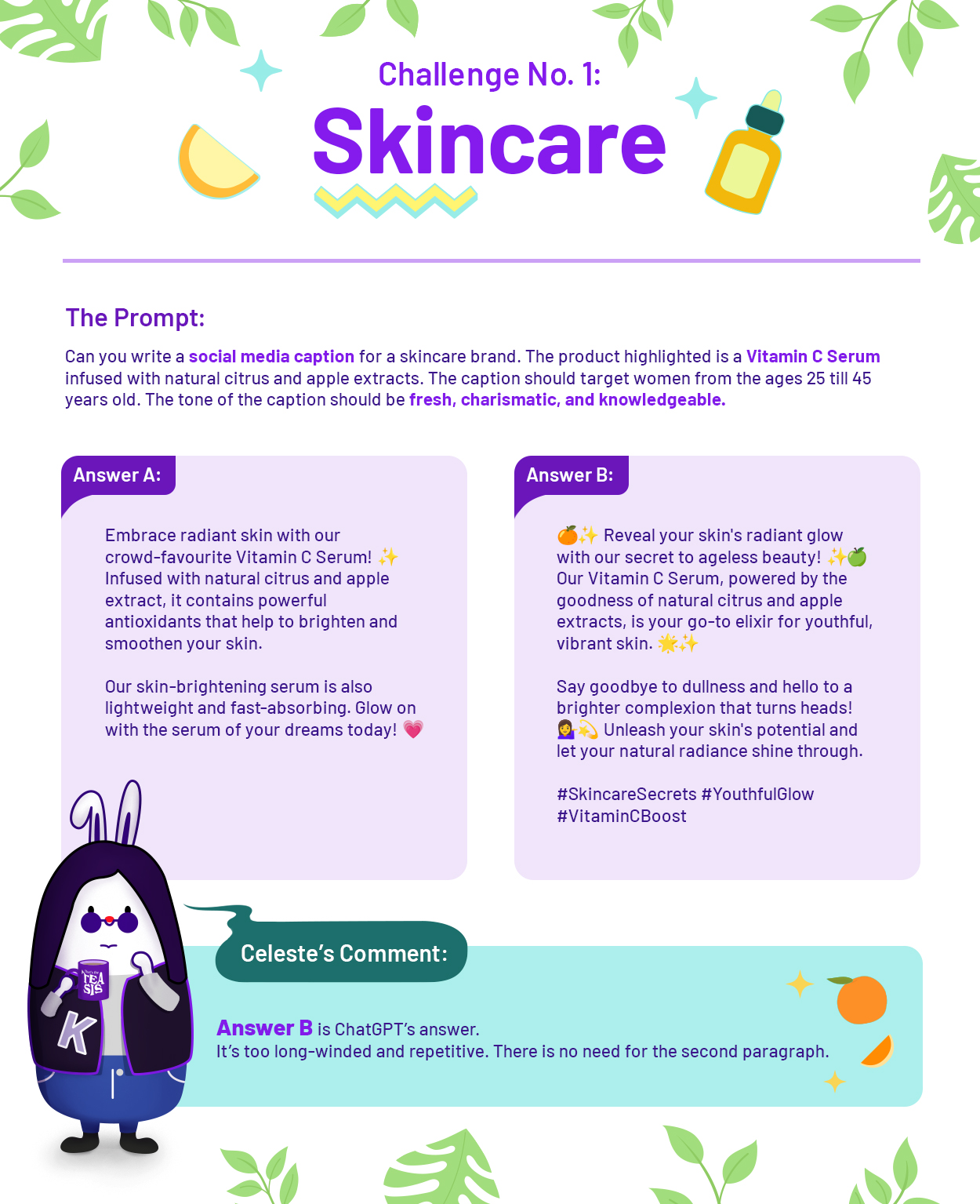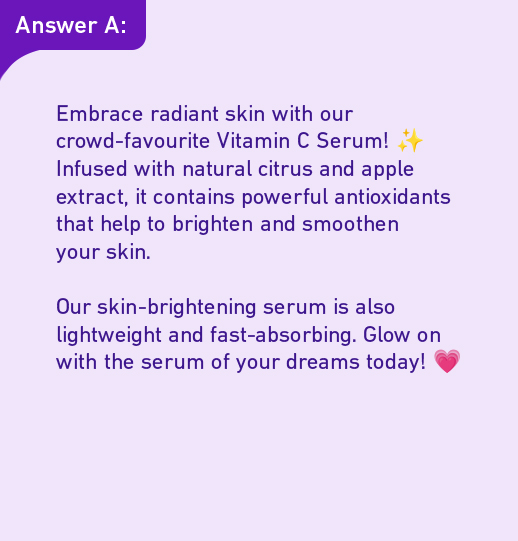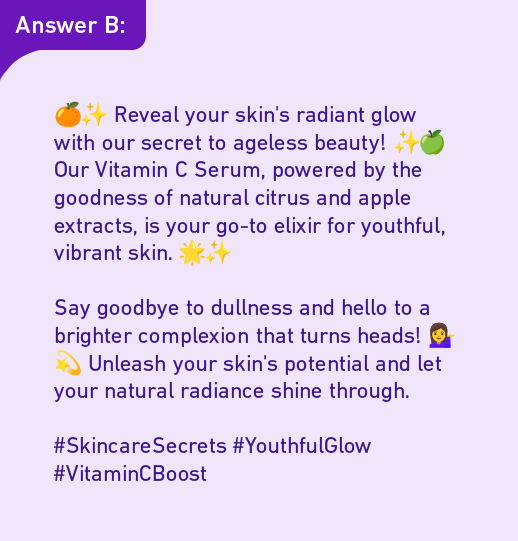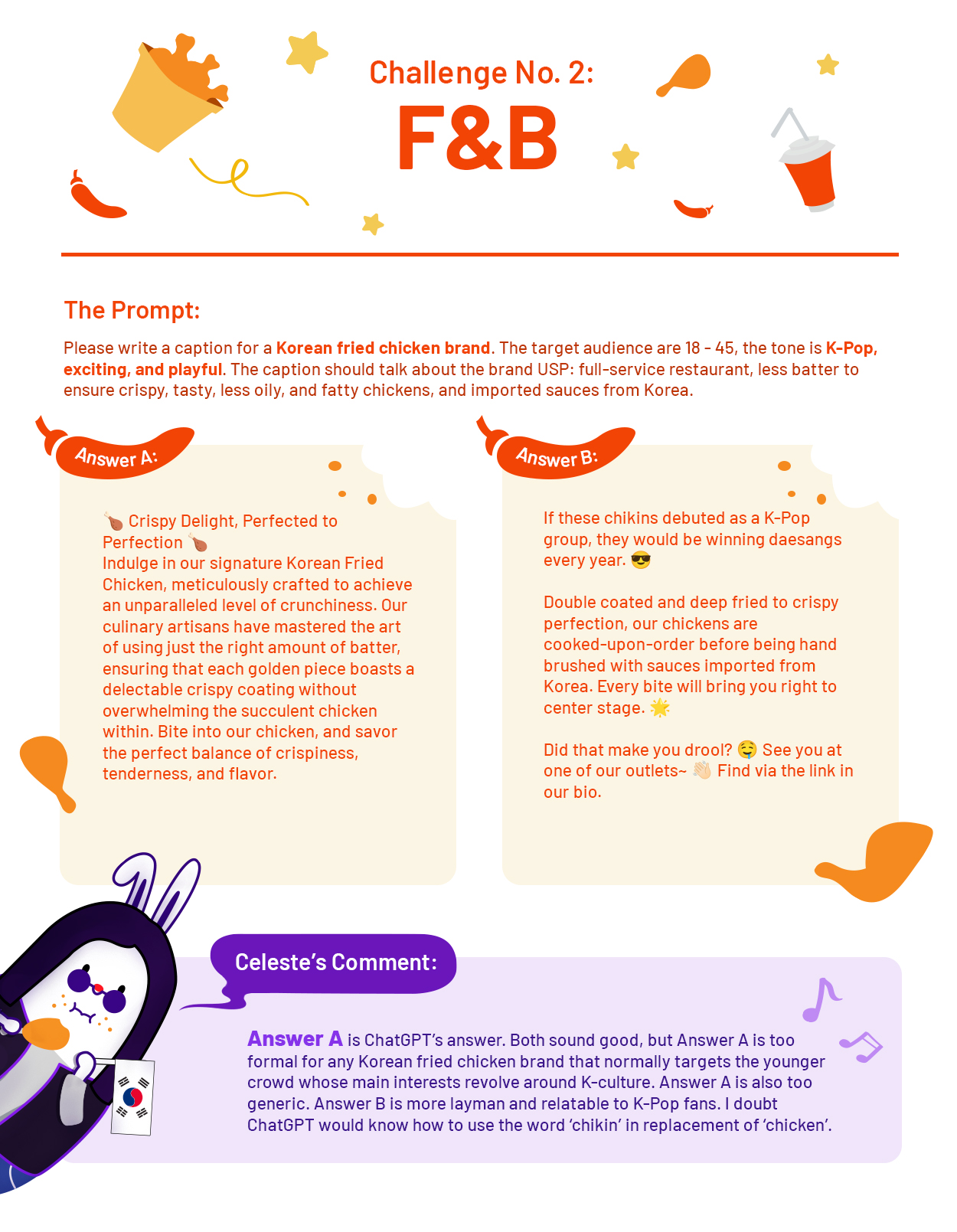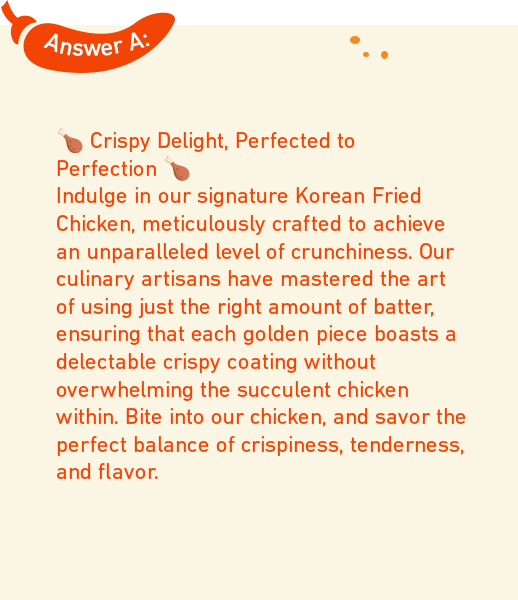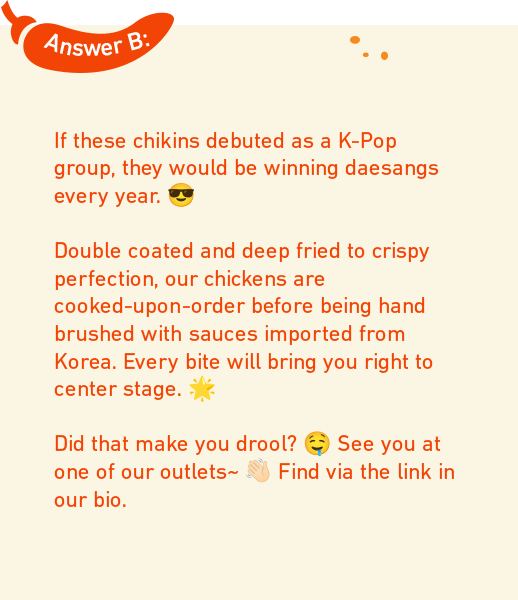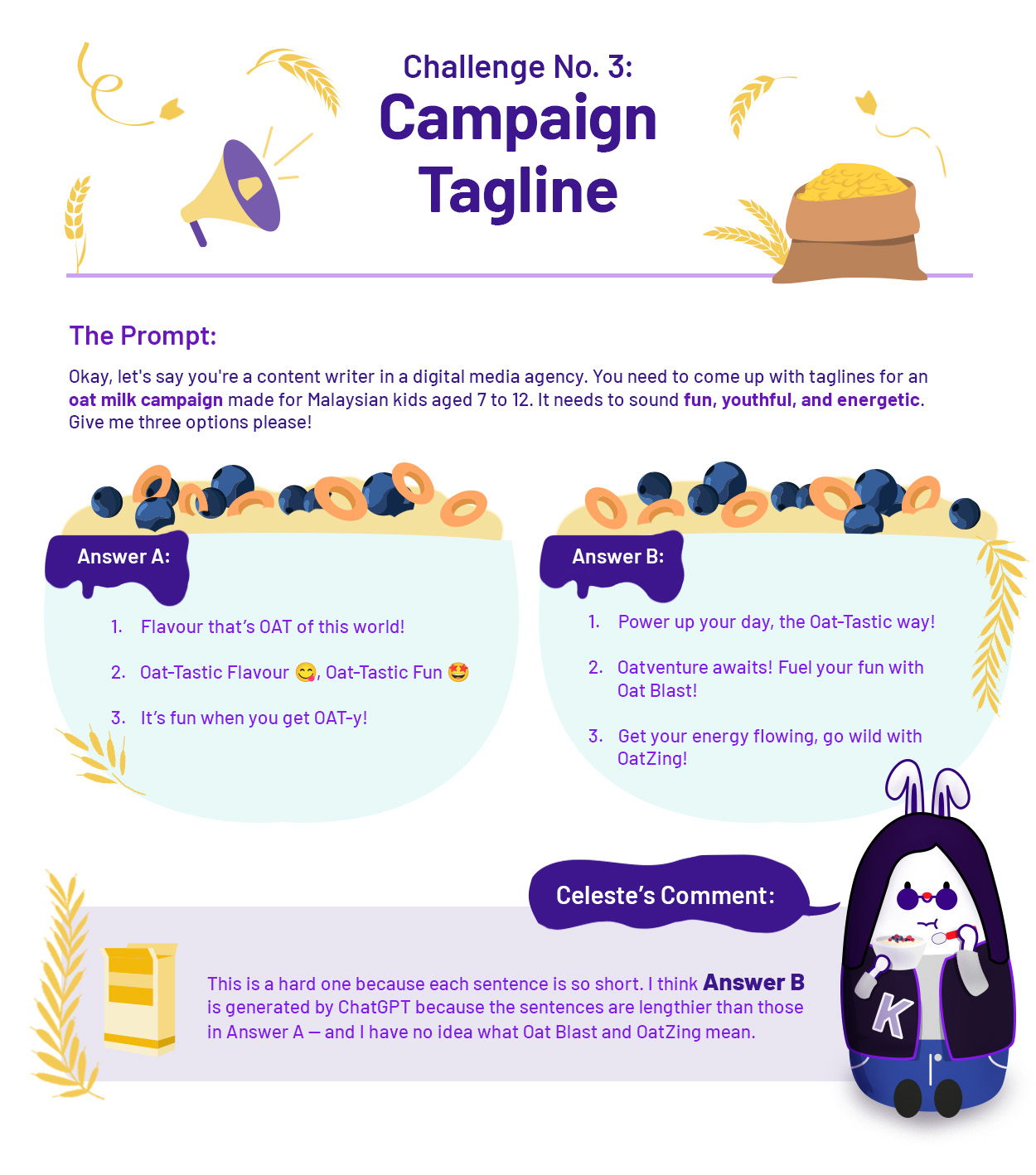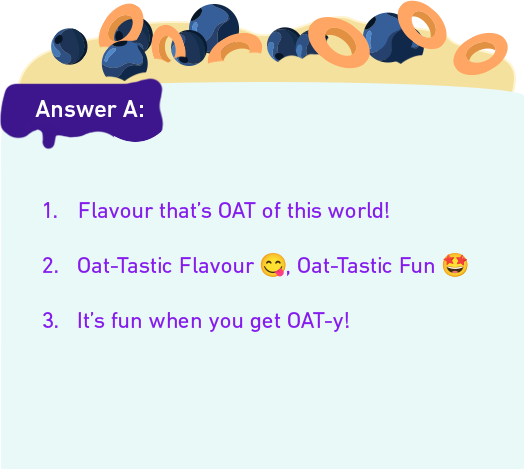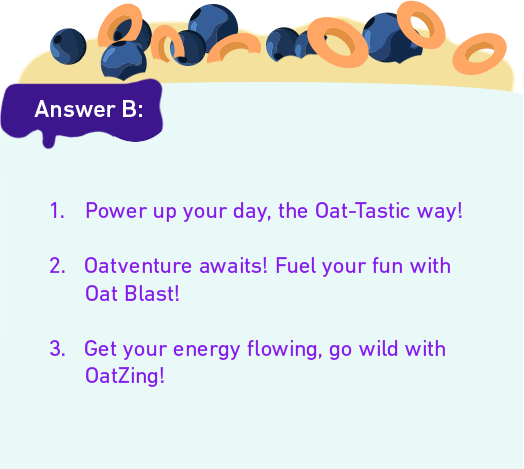
Deepfake technology, involving the creation of hyper-realistic videos or images by digitally altering a person’s appearance, has evolved rapidly. Its implications are profound, particularly for leaders who rely on their reputations as a reflection of their professional effectiveness.
The digital age has brought in in groundbreaking technologies, among which deepfake stands out for its potential to significantly impact personal and professional brands, especially for leaders.
Deepfake: A Threat to Authenticity
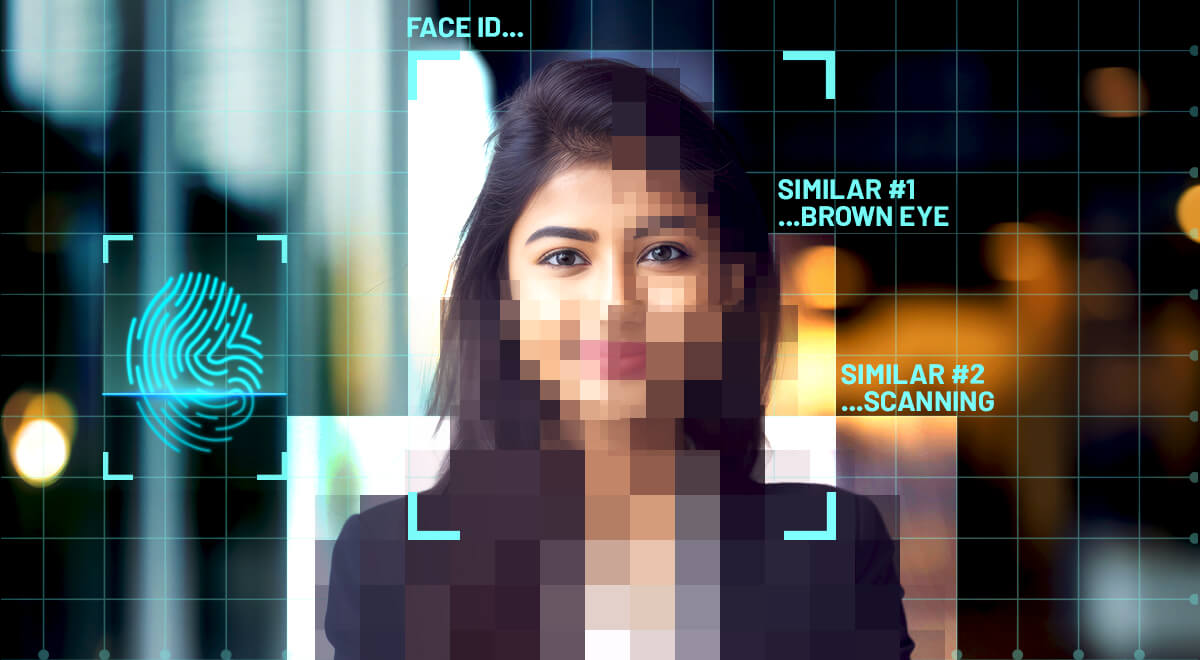
Deepfake technology poses a significant threat to authenticity, a key element in leadership and personal branding. The capacity to convincingly manipulate images and videos means that leaders can be portrayed in ways that misrepresent their actions and intentions. Such scenarios can erode the trust and credibility painstakingly built over years, potentially causing long-term damage to personal and professional relationships.
For example, when the mayors of several European capitals were duped into holding video calls with a deepfake of their counterpart in Kyiv, Vitali Klitschko or when an AI deepfake mimicked a CEO’s voice and stole €220,000.
This unauthorized use of deepfake could depict a leader in a compromising situation or expressing views that are contrary to their beliefs. This kind of misrepresentation can lead to a loss of public trust, negatively impact the stock market, or even sway public opinion in critical matters.
The Risks of Misinformation and Disinformation
Deepfakes are a powerful tool for spreading misinformation and disinformation. In a business context, this can be particularly harmful. Competitors or disgruntled employees might use deepfakes to create misleading content, launching smear campaigns that can rapidly gain traction on social media.
The implications range from personal reputation damage to broader impacts on company morale and stock prices.
Deepfake in Advertising and Marketing: Opportunities Abound
Despite these risks, deepfake technology also presents unique opportunities, especially in advertising and marketing. When used ethically and transparently, deepfakes can create engaging, innovative content that sets a brand apart. For instance, marketing campaigns using deepfakes to deliver powerful messages in multiple languages or to resurrect historical figures for educational purposes have demonstrated the potential of this technology.
This can be seen in the marketing campaign for a voice petition by Synthesia, a startup based in London. They developed an advertising video featuring football celebrity David Beckham articulating the phrase “Malaria Must Die” in nine different languages. The success of the campaign is a perfect example on how deepfakes can influence people around the world to take meaningful action. The petition was instrumental in enabling the Global Fund to exceed its fundraising target, accumulating US$14.02 billion.
A Balanced Approach for Leaders
Leaders and marketers need to strike a balance. Understanding the risks and ethical implications is crucial. On one hand, there’s the potential to use deepfakes to enhance storytelling and create memorable brand experiences. On the other, there’s the risk of reputational damage and the spread of disinformation.
Leaders should educate themselves about this technology, investing in deepfake detection tools and strategies to protect their personal and professional brands. Simultaneously, exploring the creative and positive applications of deepfakes can open up new avenues for innovative marketing and branding strategies.
The Future of Deepfake

Deepfake represents a pivotal element in the future of digital communication and branding. For leaders and marketers, the challenge lies in harnessing this tool responsibly, ensuring that its use aligns with ethical standards and contributes positively to their personal and professional narratives. As we move forward, the conversation around deepfake will evolve, demanding ongoing vigilance and adaptability from those at the helm of leadership and brand strategy.
If you’re contemplating how to balance the risks and rewards of deepfake technology in your leadership or branding strategy, we’re here to assist. Reach out to us to explore innovative solutions that safeguard your reputation while embracing new opportunities for growth and success.
